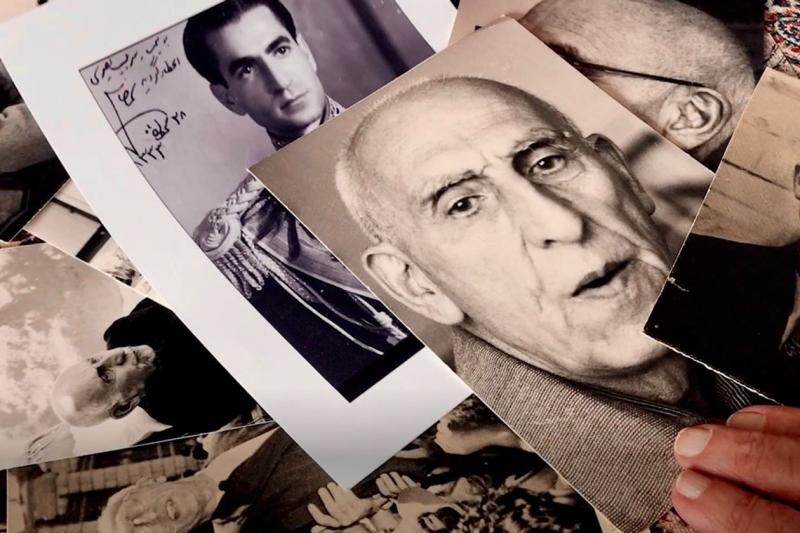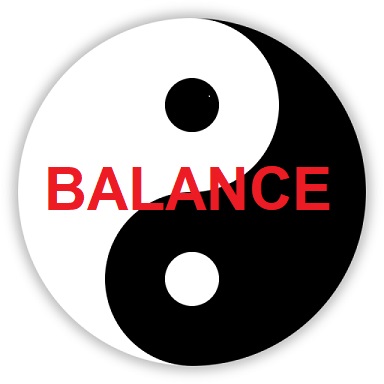'Coup 53' Review: A Long Arc of Middle East History
By: Joe Morgenstern (WSJ)



This week brings another documentary about Iran, Taghi Amirani’s “Coup 53.” A re-examination of the Anglo-American coup d’etat that overthrew the government of Prime Minister Mohammad Mossadegh in the summer of 1953, it’s a perfect companion piece to “Desert One,” and a formidable achievement in its own right. (For viewing options go to coup53.com.) In our fragmented era, when information comes at us in torrents or spurts, history is often perceived as a mosaic of discrete occurrences, rather than a tapestry of causes and effects. Mr. Amirani, a physicist turned filmmaker, goes back to a first cause, the Western intervention that restored the Shah Mohammad Reza Pahlavi to power and led slowly though directly to the Islamic revolution that swept Iran in 1979; to the taking of American hostages at the U.S. Embassy; to the Desert One mission that attempted to rescue them; and, indirectly though inexorably, to the hair-trigger hostility that continues to grip Tehran and Washington.
As history lessons go, this is a powerful one in which a wealth of interviews and stunning graphics have been pulled together, with extraordinary attention to detail, into an intricate but lucid whole. No surprise on the lucidity front: Mr. Amirani’s editor and co-writer was Walter Murch, who won a sound editing Oscar for “Apocalypse Now” and two Oscars, for sound and film editing, on “The English Patient.” Both men are seen on screen, not out of vanity but in a commitment to transparency. They’re filmmakers in a film that wants to come clean about who made it, how it was made, and where its contents came from.
Much is made of a British intelligence agent, Norman Darbyshire; he seems to have coordinated Britain’s still-unacknowledged participation in the coup, which was prompted by the Mossadegh government’s nationalization of the Anglo-Iranian Oil Company. (Revelations of the CIA’s role have emerged since then.) Darbyshire, long dead, doesn’t appear on camera. The actor Ralph Fiennes sits in for him, reading passages from a 1985 Granada TV interview in which the MI6 spy admitted to ordering the killing of Mossadegh’s chief of police. But Darbyshire doesn’t appear in the Granada film either, perhaps because his superiors wouldn’t allow it. He figures in “Coup 53” only because Mr. Amirani found, through some fancy detective work, a long-lost transcript of the interview that never made Granada’s final cut.
Whether or not Darbyshire’s admission is the bombshell Mr. Amirani says it is, his account is a chilling commentary on a dark chapter in Middle East history. (The operation was dubbed Operation Ajax, specifically, the film notes, after the household cleanser.) It’s also an example of how deftly Messrs. Amirani and Murch interweave archival material with interviews they’ve conducted for the film, and, as in “Desert One,” stunning animation that enhances the narrative without diluting its authority—a narrative that goes back 67 years for an understanding of the here and now.





